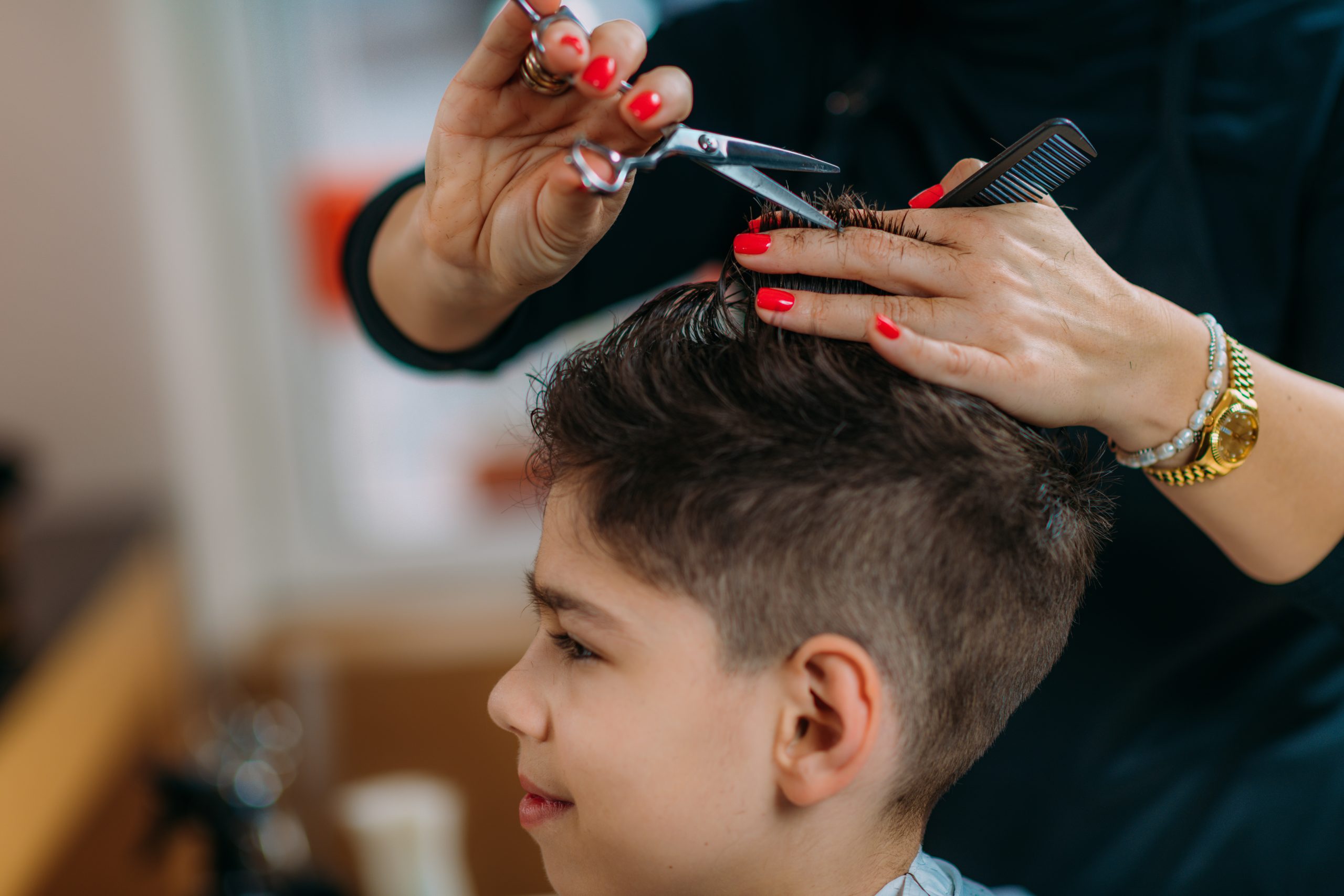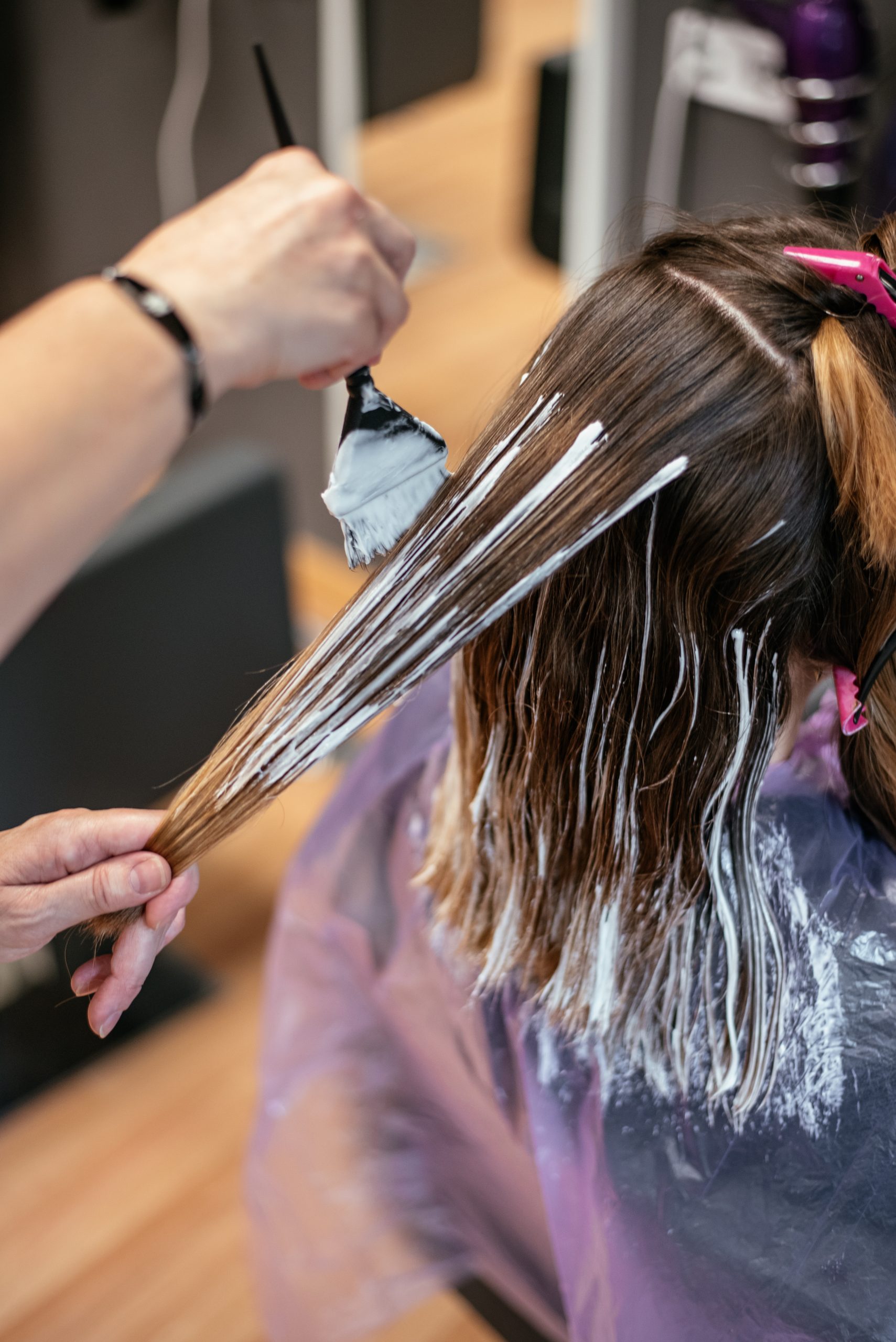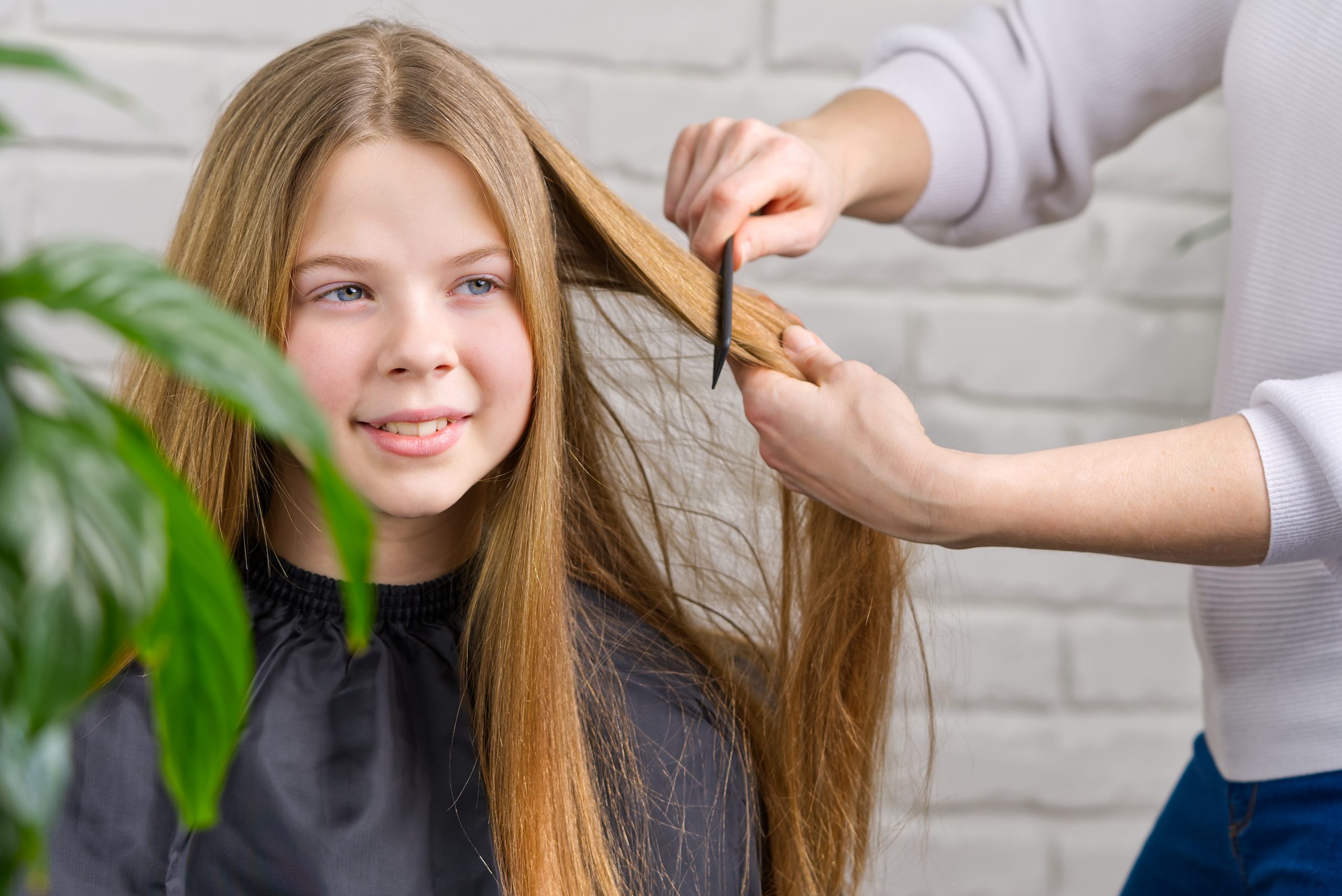If you’ve ever taken your little one for a trim, you’ll know that choosing a haircut can be a surprisingly big decision. A good cut should reflect your child’s personality, suit his hair type and be easy to maintain. At Kids Hair Play in Wolverhampton, we’ve become big fans of dry cutting – shaping the hair when it’s completely dry rather than damp. Cutting dry allows us to see exactly how each strand behaves, which helps us create styles that look great even after a kick‑about in the park.
Why cut hair dry?
Imagine trying to hem a dress while the fabric is still wet – it stretches and droops, so the finished length is a gamble. Hair behaves in a similar way when it’s wet. Once it dries, curls spring up, fine hair shrinks and cow‑licks reappear. By cutting hair in its natural, dry state, we can avoid surprises. Dry cuts also let parents see the haircut taking shape in real time, so there are no hidden shocks when the hair dries at home. We’ve found it particularly helpful for energetic youngsters who might not want to sit through long appointments – with less tweaking needed, the cut is quicker.
Below are five popular boys’ styles that benefit from a dry cut, along with a few tips for keeping them looking fresh between salon visits.
1. Textured crop
This relaxed look is everywhere at the moment. A textured crop leaves the top slightly longer and layered, while the sides are tapered or faded. The beauty of a dry‑cut crop is that the stylist can sculpt the layers based on how the hair falls naturally. That way, even when your child messily runs his hands through it, the style maintains its shape.
How to style at home: A pea‑sized blob of matte clay rubbed between your palms and scrunched into the top will give definition without looking stiff. If mornings are hectic, simply tousling the hair with your fingers is often enough. Book a tidy‑up every six weeks to keep the sides neat.
2. Classic taper fade
A taper fade is neat, polished and versatile. The hair gradually shortens towards the neckline while the top remains longer, giving a clean, blended look. There are plenty of variations – a low taper for a subtle difference or a high taper for more contrast – and we personalise the fade depending on head shape and hair texture. Cutting the fade dry makes it easier to judge how much to take off to achieve a smooth transition.
How to style at home: For school days, a light dab of styling cream will keep the top tidy. At weekends, you can create a quiff or brush it forward for a change. Because the sides grow out faster, a quick trim every three or four weeks will keep it looking sharp.
3. Messy fringe
Does your child like to play with his hair? A messy fringe offers movement and a bit of rock‑star charm. We leave longer bangs sweeping forward while keeping the sides short or tapered. This style works on many hair types – straight hair gets a relaxed wave, wavy hair gains texture, and curls are softened. Cutting the fringe dry is essential; it lets us tailor the length so it doesn’t end up too short when the hair springs back.
How to style at home: Encourage your son to use his hands rather than a brush. A spritz of salt spray or a touch of mousse will encourage natural movement. To keep the fringe out of his eyes on school days, gently push it to one side with a bit of wax.
4. Undercut with a twist
An undercut is perfect for boys who like something a little different. The classic version has short sides and back with longer hair on top. We love adding a twist: maybe a shaved lightning bolt, an asymmetrical fringe or simply leaving extra length at the crown for styling. Because these creative touches need precision, working on dry hair helps us see how the pattern will look on the head rather than guessing.
How to style at home: The top can be slicked back with pomade for smart occasions or tousled with cream for a more relaxed vibe. If you’ve opted for a shaved design, be prepared to return to the salon regularly to keep it looking crisp. Temporary colour sprays are a fun way to highlight the design for parties – they wash out easily.
5. Faux hawk
A faux hawk is a child‑friendly take on a mohawk. The sides are shorter, but not shaved, and a strip of longer hair runs from the forehead to the crown. It can be spiked up for special events or combed down for everyday wear. Variations include leaving the top a little messy with a high fade or keeping the central strip thick and defined. Dry cutting lets us shape the strip so it has volume and balance without looking like a grown‑up’s mohawk.
How to style at home: Use a small amount of putty warmed in your hands to pinch the hair into spikes. Younger children might prefer a softer finish with mousse. For formal occasions, smoothing the hair back turns the faux hawk into a mini pompadour. Because the style is versatile, your child can switch up his look depending on his mood.
Finding the perfect cut
When choosing a haircut, think about your child’s face shape, hair texture and how much time you’re willing to spend on styling. A crop works well for fine or straight hair, while a messy fringe can tame thick curls. Remember to involve your son in the decision – when children feel they’ve chosen their style, they’re more likely to take pride in it.
Above all, a good haircut should make mornings easier and give your child confidence. Dry cutting is our preferred method because it produces reliable results and keeps appointments brief. Whether your little one wants a stylish crop or a playful faux hawk, our experienced stylists at Kids Hair Play in Wolverhampton are ready to help him find his signature look.


